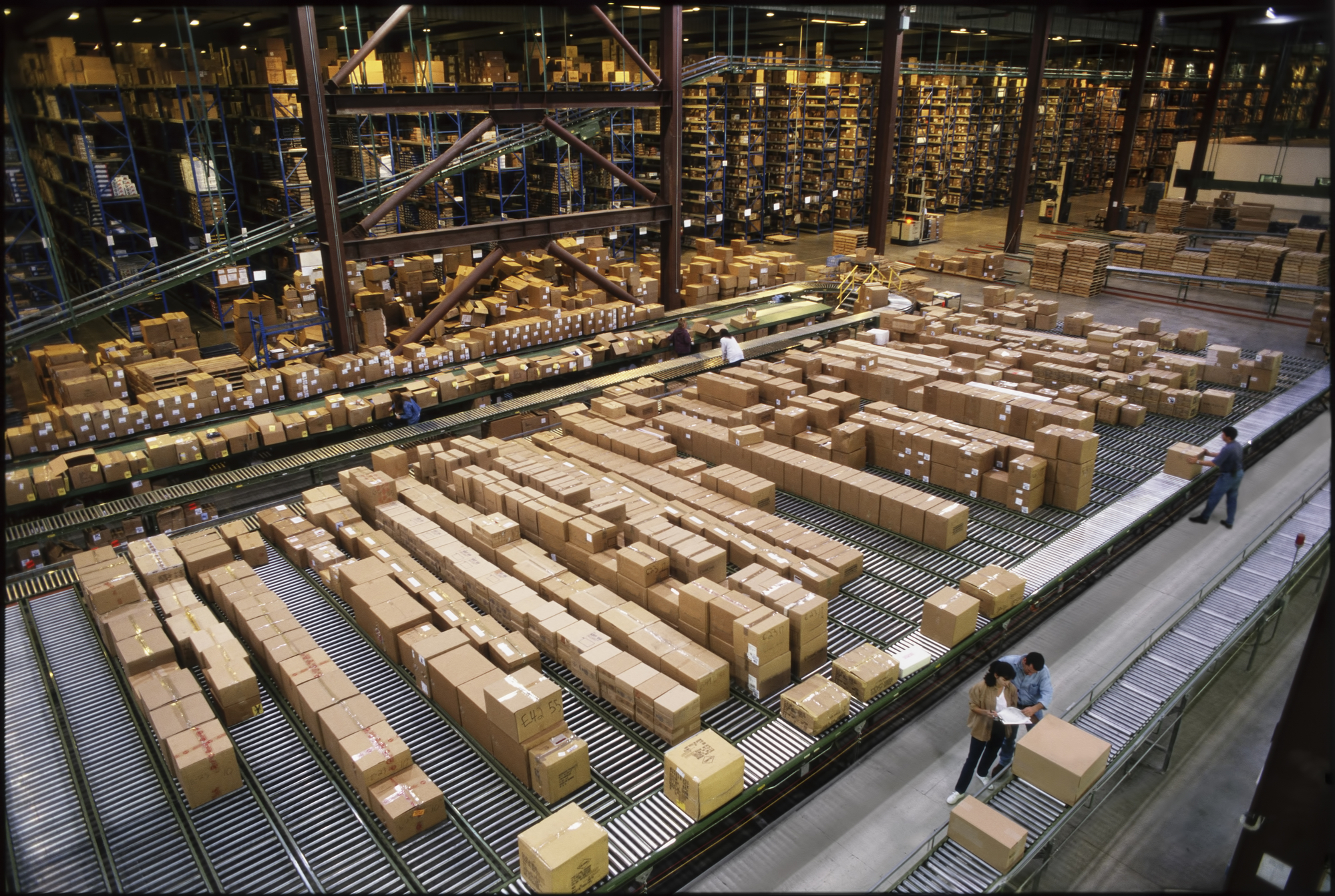Healthcare providers, pharmaceutical companies, and hospital systems are all feeling the pressure from higher raw material costs, rising shipping rates, and growing supplier risks. Dr. Michael Needham, Principal at Efficio, a global supply chain procurement consultancy, shares his perspective on the biggest challenges ahead — and why reshaping healthcare supply chains won’t be quick or easy.
Supply Chain 24/7: How have the latest tariffs specifically affected healthcare providers and suppliers?
Michael Needham: Tariffs are likely to drive up prices for consumers. Dutch bank ING estimates that a 24-week prescription for a generic cancer drug could cost $8,000 to $10,000 more if a 25% tariff is imposed. With that in mind, not-for-profit hospital systems may not have the funds to cover the medications that they currently provide. This, in turn, could affect patient outcomes, considering it has been such a radical change in direction in a short period of time.
SC247: Are you seeing more impact on raw materials, shipping costs, or finished goods?
MN: For example, Ireland has been rushing to export pharmaceuticals to the US before any tariffs are implemented. In February, 91 percent of all its goods exports to the US were chemicals and related products, which include medical and pharmaceutical goods. Irish pharma exports to the U.S. in the first two months of the year reached nearly $21.4 billion, compared to $47 billion for the entire year.
Similar trends are apparent in finished goods. The flip side of this is increased shipping costs and higher usage of warehousing space to ‘stockpile’ in advance, effectively creating an artificial spike in logistics.

Dr, Michael Needham
SC247: What are the biggest challenges healthcare companies face in adjusting their global sourcing strategies?
MN: Generic medicines, which are cheaper versions of drugs that no longer have patent protection, make up about 90 percent of the US drug supply. The majority are manufactured outside the US, in lower-cost countries such as India. The active ingredients used in the products often come from China. US tariffs on pharmaceuticals risk causing shortages of medicines, including cancer treatments, and manufacturers might stop making products that become unprofitable as a result.
Moving production facilities and localizing supply chains for generic medicines would radically increase prices for consumers, effectively locking them out. These companies operate on low profit margins and would not have the money available to move production to a high-cost country like the USA.
Further up the value chain are countries like Ireland and Switzerland. At those locations, broadly speaking, more advanced manufacturing is completed. This type of production has a support ecosystem of chemists, engineers, etc., that it takes time to establish, such as through universities and apprenticeships. Additionally, local supply chains tend to cluster around high-end manufacturing facilities. Unwinding this and moving to a new country would be a multi-year process, requiring significant investments in technology, personnel, and facilities. For companies to do that, they would need a stable and predictable political environment.
Given the unpredictability of the Trump administration, it is unlikely that companies will make radical changes in the short term. It will be a ‘wait and see’ approach until after the US mid-term elections.
One area that may see increased investment within the US boundaries is R&D and innovation in general. This could create positive news for the Trump administration, but would not create blue-collar jobs.
“Given the unpredictability of the Trump administration, it is unlikely that companies will make radical changes in the short term. It will be a ‘wait and see’ approach until after the US mid-term elections.”
SC247: What are the risks associated with fixed-volume supplier contracts during tariff uncertainty?
MN: Premier, a group purchasing organization that buys drugs for more than 4,000 US hospitals, said there could be an increase in shortages. But it also said that its three-year contracts meant generic manufacturers were locked into prices, adding that they often include provisions requiring drugmakers who fail to supply to cover the cost of buying alternatives.
The risk of this is that if the supplier has to subsume high-cost increases…. e.g 125% for China….. then they could simply go bust. Fewer suppliers in the market would reduce available volume and put further upward pressure on prices—a negative spiral.
SC247: How do regulatory requirements in pharma and medical devices complicate any shift in suppliers or production locations?
MN: New pharma plants need regulatory approval, which could mean years of delay in transferring production to the US. Everything that enters the plant is documented and approved, as are all the processes undertaken within it. Quality and reliability are key hallmarks of producing pharma and medical devices, so changing any of those takes a lot of time, rigor, and investment.
SC247: Is there any room for flexibility within the regulatory framework when dealing with tariff-related supply issues?
MN: Tariffs are not an ‘act of god ‘ like the COVID-era crisis, so there is generally limited regulatory flexibility. The wild-card scenario here is that the US Health Secretary, Robert Kennedy, has suggested ‘softening’ regulations to speed up switching from other countries. The risk of that is less rigorous checks and balances, with an associated potential impact on patients.
SC247: How are companies using Ireland or other lower-risk regions to mitigate exposure?
MN: A low-risk region, like Ireland, is centered around high-end manufacturing, so switching the primary stages of APIs (Active pharmaceutical ingredients) is not a simple ‘lift and shift.” The raw materials need to be sourced, tested and approved and new production equipment bought and installed.
SC247: Are you seeing creative financial strategies—such as adjusting transfer pricing—being used to navigate trade tensions?
MN: Not yet, but it is something that a lot companies are investing human capital into at the moment. The issue is that the Trump administration sought to close ‘back-door’ options, especially in relation to alternatives to China.
SC247: What would it realistically take for the sector to reduce its dependency on tariff-affected regions?
MN: Tariff-affected regions include China, India, Ireland, Denmark, Switzerland, and Singapore.
New pharma plants need regulatory approval, which could mean years of delay in transferring production to the US.
Pharmaceutical manufacturing is a complex, multi-step process that is not easily altered from a logistical or regulatory standpoint.
Being pragmatic, it’s not realistic and/or feasible to expect the global pharma or MedTech supply chain to change radically in the next 3 to 5 years.




